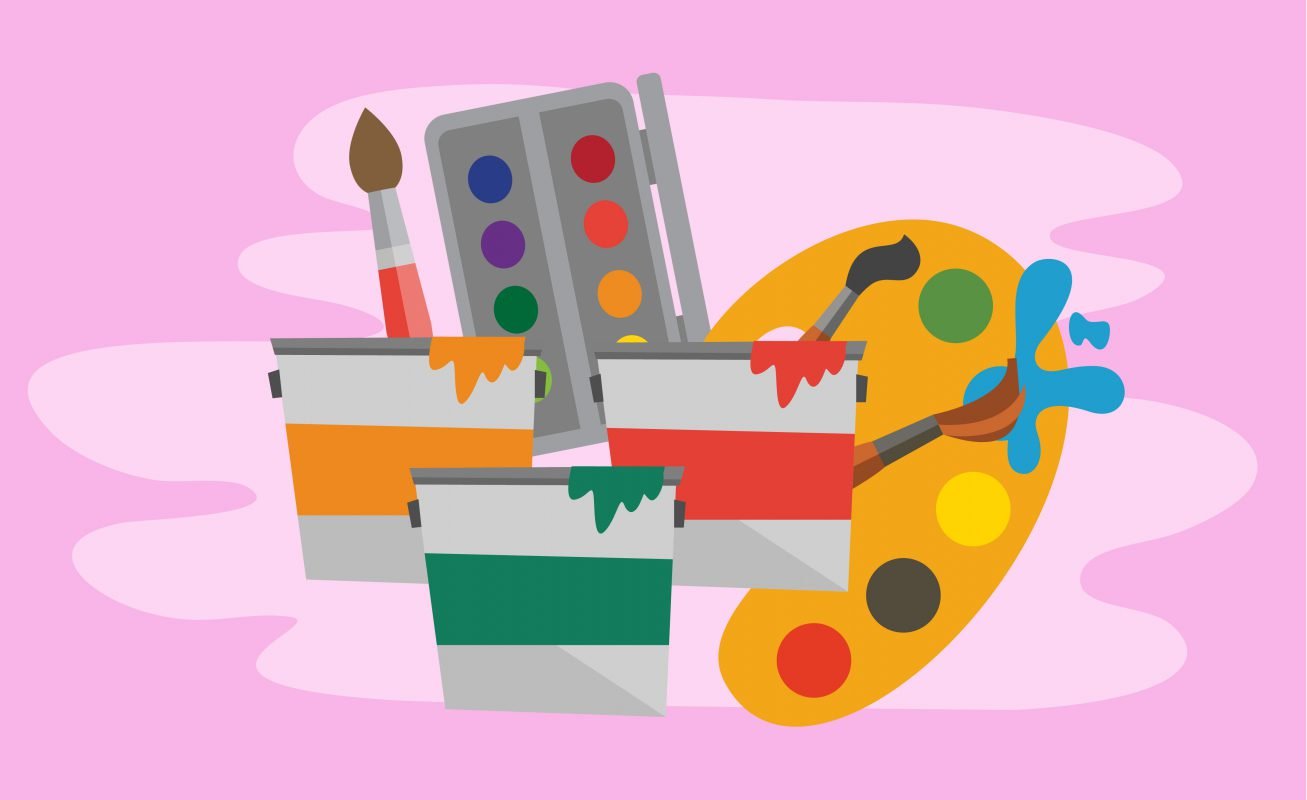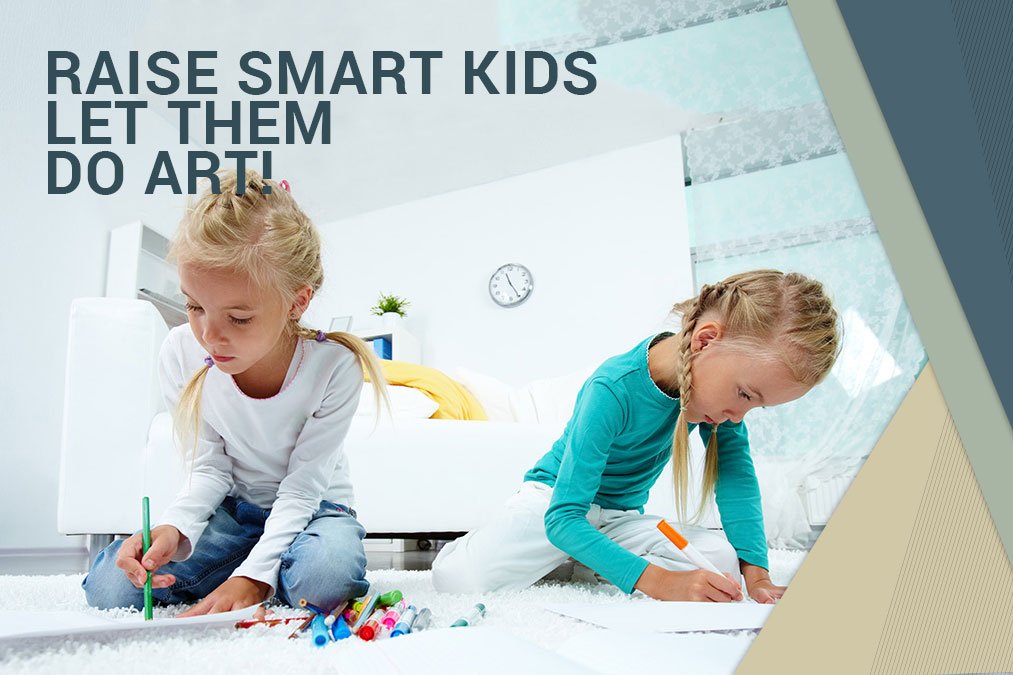No products in the basket.
Creative Mindset
Raise smart kids – let them do art!
In recent years, school curricula have shifted heavily toward common core subjects of reading and math, but what about the arts? Although some may regard art education as a luxury, simple creative activities are some of the core building blocks of child development. Learning to create and appreciate visual aesthetics may be more important than ever to the development of the next generation of children as they grow up.
Here are some of the benefits in development for kids:
Improved Academic Performance: Studies show that there is a correlation between art and other achievement. A report by Americans for the Arts states that young people who participate regularly in the arts (three hours a day on three days each week through one full year) are four times more likely to be recognised for academic achievement, to participate in a math and science fair or to win an award for writing an essay or poem than children who do not participate.
Creativity.
This may seem like a no-brainer, but the arts allow kids to express themselves better than math or science. If children have practice thinking creatively, it will come naturally to them now and in their future career.

Motor Skills.
This applies mostly to younger kids who do art. Simple things like holding a paintbrush and scribbling with a crayon are an important element to developing a child’s fine motor skills. According to the National Institutes of Health, developmental milestones around age three should include drawing a circle and beginning to use safety scissors. Around age four, children may be able to draw a square and begin cutting straight lines with scissors.
Confidence.
While mastering a subject certainly builds a student’s confidence, there is something special about participating in the arts. Getting up on a stage and singing gives kids a chance to step outside their comfort zone. As they improve and see their own progress, their self-confidence will continue to grow.
Visual Learning.
Especially for young kids, drawing, painting, and sculpting in art class help develop visual-spatial skills. Dr. Kerry Freedman, Head of Art and Design Education at Northern Illinois University says, Children need to know more about the world than just what they can learn through text and numbers. Art education teaches students how to interpret, criticise, and use visual information, and how to make choices based on it.
Decision Making.
The arts strengthen problem solving and critical thinking skills. Learning how to make choices and decisions will certainly carry over into their education and other parts of life—as this is certainly a valuable skill in adulthood.
Perseverance.
I know from personal experience that the arts can be challenging. When I was trying to learn and master the piano, there were many times when I became so frustrated that I wanted to quit. But I didn’t. After practicing hard, I learned that hard work and perseverance pay off. This mindset will certainly matter as they grow—especially during their career where they will likely be asked to continually develop new skills and work through difficult projects.
Focus.
As you persevere through painting or singing or learning a part in a play, focus is imperative. And certainly focus is vital for studying and learning in class as well as doing a job later in life.
Accountability.
Just like collaboration, kids in the arts learn that they are accountable for their contributions to the group. If they drop the ball or mess up, they realise that it’s important to take responsibility for what they did. Mistakes are a part of life, and learning to accept them, fix them, and move on will serve kids well as they grow older.
Is your student looking to become more involved in the arts? Please contact me Lillian Gray for art classes. I teach all ages from 5 – 85 in Fairland Gauteng. lilliangrayart@gmail.com

